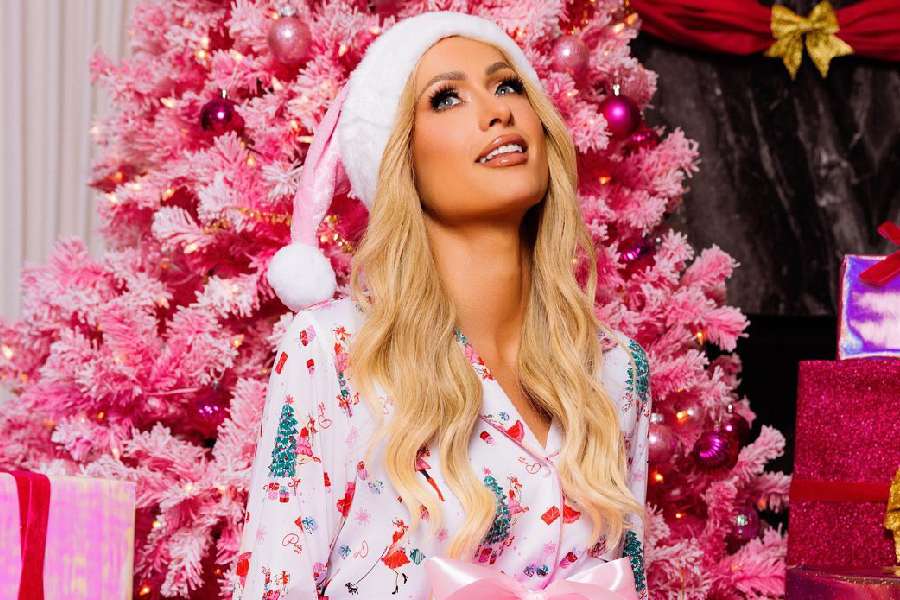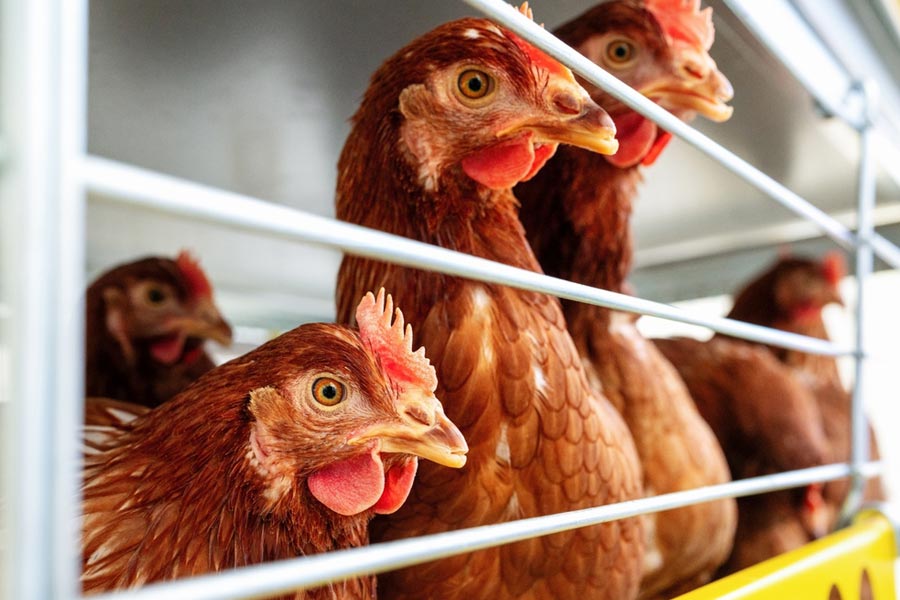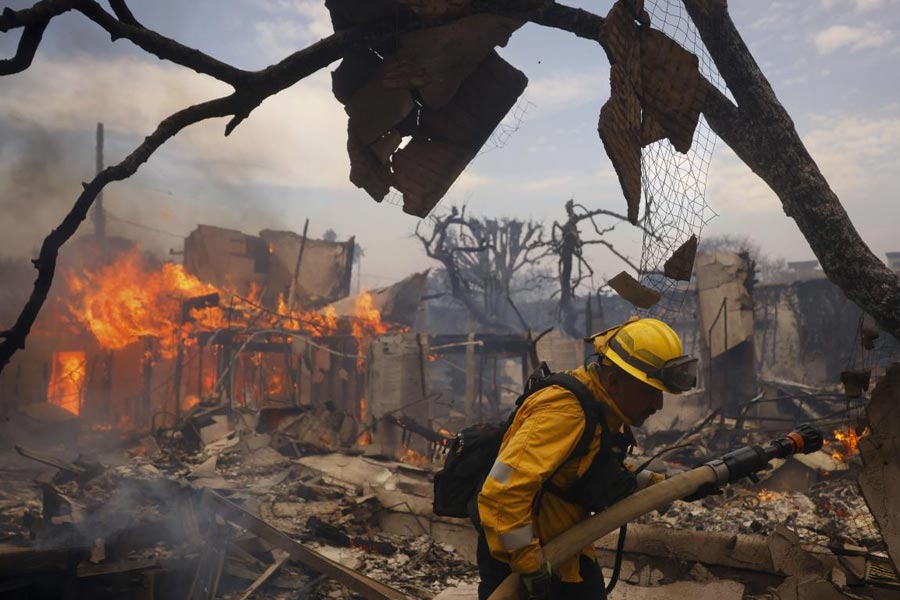Damaru (picture), which recently premiered at the Serendipity Arts Festival in Goa, featured the dancers, Nilava Sen and Shyam Dattani, alongside the instrumental musician, Anindo Bose, and the vocalist, Pavithra Chari. While Sen is a practitioner of the Uday Shankar technique of dance besides Bharatanatyam, Dattani is a practitioner of Kathak. The production, which culminated in a compelling duet by the two remarkable dancers, delighted and disappointed in equal measure.
The evening began with solos by all four performers, undoubtedly in order to establish who they were and what practice they came from. A tiresome format in itself, the prolonged introduction was particularly so as the musicians — a ‘contemporary classical duo’ — failed to impress, making the first part a bit of a drag, although the Kathak and the Bharatanatyam solos — grounded in the rigour of the forms and the felicity of the artists’ expressions — were quite pleasing. Both the dancers possess elegantly supple and articulate bodies with subtle underpinnings of muscular power and their solos were replete with the nuances and the aesthetics of their forms.
However, it was the dance duet at the end that stole the show. With an intense sense of social connection and a touching stage empathy, Sen and Dattani explored the imagery of damaru, a traditional percussion instrument, that is multifaceted in its associations. The piece enquired into the rhythm of relationships. It played with the allegorical implications of the dancers interacting with the musicians on stage, adding layers to the symbolism. The riveting choreography and the extraordinary performance dwelt on the themes of love and separation through subtle and lyrical movement patterns. The nuanced interplay of gaze and gesture, the rich textures of contact improvisation, the density of ideas and images, and an effortless execution shaped the tender duet. But the text of the song, “Viraha”, took away from the subtlety of the moment of separation, the lyrics appearing to scream what was already eloquently expressed in dance.
The vibrant world of 20th-century Bengali theatre came alive in an unusual presentation at Gyan Manch recently. Baiji Sangeet, staged by the Academy Theatre and the Riddhi Bandopadhyay Music Academy, was a repository of songs and excerpts from plays, all of which were embedded in a script that offered a linear history of the theatre of Bengal. Based on an enormous body of research and an archive of songs, Devajit Bandopadhyay’s text spanned the period between Ardhendu Sekhar Mustafi’s time on stage and that of Ajitesh Bandopadhyay. It attempted to evaluate the artistic expressions of baijis (professional singers and dancers), whose fortunes varied with the political and socio-economic vicissitudes of the times.
But Baiji Sangeet opened with Amiya Nath Sanyal’s description of baijis as ethereal music makers — ‘gandharbi’ — and paid homage to their consummate art of dance and music based on very classical idioms. The stories of Malka Jaan, Gauhar Jaan, Ganga Moni, who was Binodini’s guru, Bhuban Baiji, Bihar Bala, Indubala of Rambagan and many others were lit up through text and extraordinary songs, such as “Bhog kore nao bhog kore nao jogot takey” and “Mor ghumoghore ele manohar”, rendered appropriately by the singers.
An extra layer was added by Abhirup Sengupta’s choreography. Performed by Debjani Chattopadhyay and others, these interpretations tried to capture the openness of the dance movements of the baijis, the costumes they wore on stage and their evocative facial and bodily expressions.











